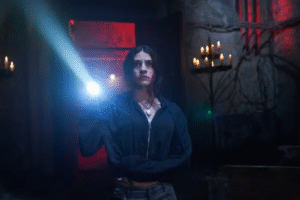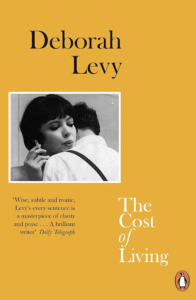The Perpetual Night: Unpacking the Cinematic Horror of Until Dawn
David F. Sandberg’s Until Dawn, a cinematic adaptation of the popular 2015 interactive survival horror video game, attempts to translate the game’s unique blend of slasher tropes and supernatural dread into a passive viewing experience. While the film diverges significantly from its source material’s core mechanic of player choice, it endeavors to carve out its own identity by embracing a “Groundhog Day”-esque time loop, thrusting its ill-fated protagonists into a recurring cycle of terror. The movie, therefore, becomes a fascinating case study in adaptation, grappling with the challenge of transforming an interactive narrative into a compelling linear one.

Familiar Setup, Unfolding Horrors
At its core, Until Dawn leans heavily into established horror archetypes, gathering a group of young, archetypal friends at an isolated location – in this case, a remote valley where one of their sisters mysteriously vanished a year prior. This familiar setup immediately signals the impending doom, setting the stage for a series of gruesome encounters. The film’s initial descent into conventional slasher territory, complete with masked killers and efficient gore, aims for immediate impact. However, the introduction of the time loop mechanism quickly distinguishes it, forcing the characters to relive their horrifying deaths, each reset bringing a new, and often more bizarre, threat. This narrative conceit, while promising, struggles to maintain its momentum, sometimes feeling more repetitive than creatively varied.
Visuals Over Character
The film’s visual style, spearheaded by director David F. Sandberg, who previously showcased his knack for atmospheric horror in Lights Out and Annabelle: Creation, is one of its stronger suits. Sandberg effectively utilizes shadows and darkness to build tension, and the practical effects employed for the various gruesome deaths are commendable. These moments of visceral horror are undeniably impactful, providing the necessary jump scares and gross-out moments that appeal to the genre’s aficionados. However, the film’s reliance on these visual elements often overshadows deeper character development or a more intricate plot. The protagonists, despite the best efforts of the cast, remain largely one-dimensional, making it difficult for the audience to fully invest in their repeated struggles and demises.
The Challenge of Adaptation: From Choice to Linearity
One of the most significant challenges for the Until Dawn movie lies in its departure from the game’s central “butterfly effect” system, where player choices directly influenced the narrative and character fates. By opting for a time loop, the film sacrifices the agency that made the game so engaging and replayable. While the film’s concept of new threats emerging with each loop is intriguing, critics have noted that this often devolves into a parade of generic horror tropes rather than genuinely innovative scares. The absence of the player’s direct involvement in shaping the narrative means the film must rely on its own storytelling prowess to maintain suspense and emotional resonance, a task it sometimes struggles to achieve amidst the rapid-fire horror scenarios.
A Gory Thrill Ride, Yet Short of Its Potential
Ultimately, Until Dawn the movie stands as a testament to the complexities of adapting interactive media. While it delivers on the promise of blood, scares, and a compelling central gimmick, it falls short of truly capturing the thematic depth and character investment that made the original game a cult classic. It’s a film that provides a quick, gory thrill ride, yet leaves viewers pondering what could have been if it had more fully embraced or more ingeniously reimagined the interactive elements that defined its source material.




















